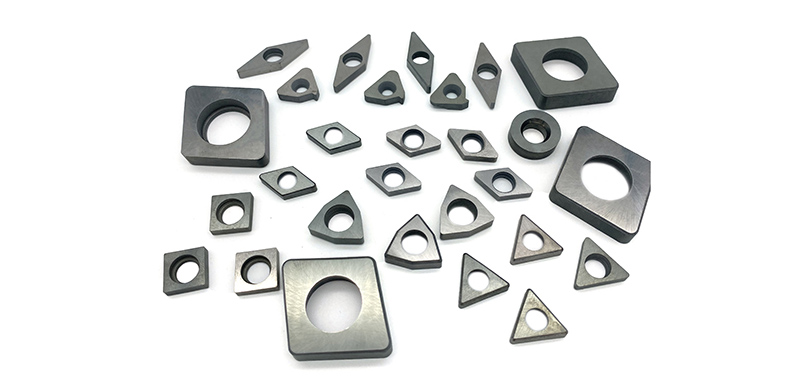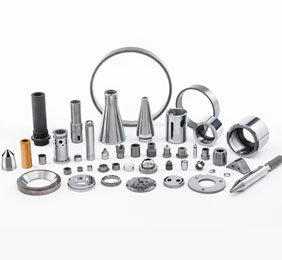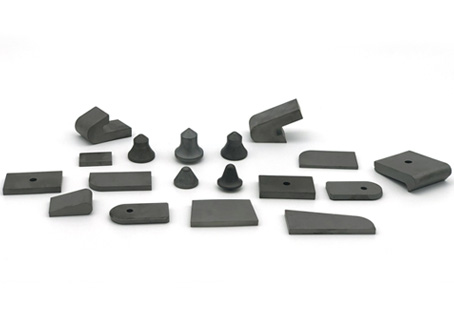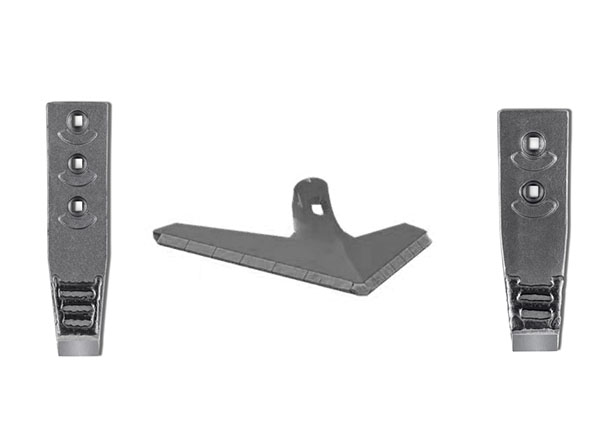Carbide Shim Seats for Indexable Tooling
FAQ: What is the application of carbide shim seat?
1. The cutting resistance of the tool can be evenly transmitted to the tool holder through the shim, and the cutting resistance under the tool head will not be deformed due to excessive cutting resistance.
2. It plays a role of chip breaking during cutting, and the chips will not directly block the insert row and thus protect the insert row, otherwise the bottom of the insert will be hollowed out by the chips
Without a shim, the vibration of the insert during cutting will wear into a steel seat. When using a double sided negative insert with chip breaker geometry, there isn't a lot of surface area in contact with the seat, so a lot of small pressure points exist, and these can etch into the steel holder。The carbide shim/seat is to prevent the insert digging itself into the floor of the steel holder,in such a way to protect the holder. Due to the strong machining ability and new material R&D ability, ZZSINO produces the complete range of shims,compatible with Sandvik, Kennametal, ZCC-CT, Iscar, Teagutec and all major tool companies , both in cermet and carbide grades. Characterized by its excellent strength and light weight, cermet is more and more widely used as shim seat for indexable tooling.

SPECIFICATION
| Grade | Binder(%) | Grain Size | Density ( g/cm³) | Hardness (HRA) | T.R.S (N/mm²) | ISO Code |
|---|---|---|---|---|---|---|
| STN40 | 17%Co+Ni | Medium | 7.0 | 89 | 2000 | K40 |
| SK30 | 8 | Medium | 14.8 | 90 | 2400 | K30 |
| SK40 | 11 | Coarse | 14.1 | 88 | 2500 | K40 |
| SP30 | 11 | Medium | 13.1 | 89 | 2200 | P30 |


